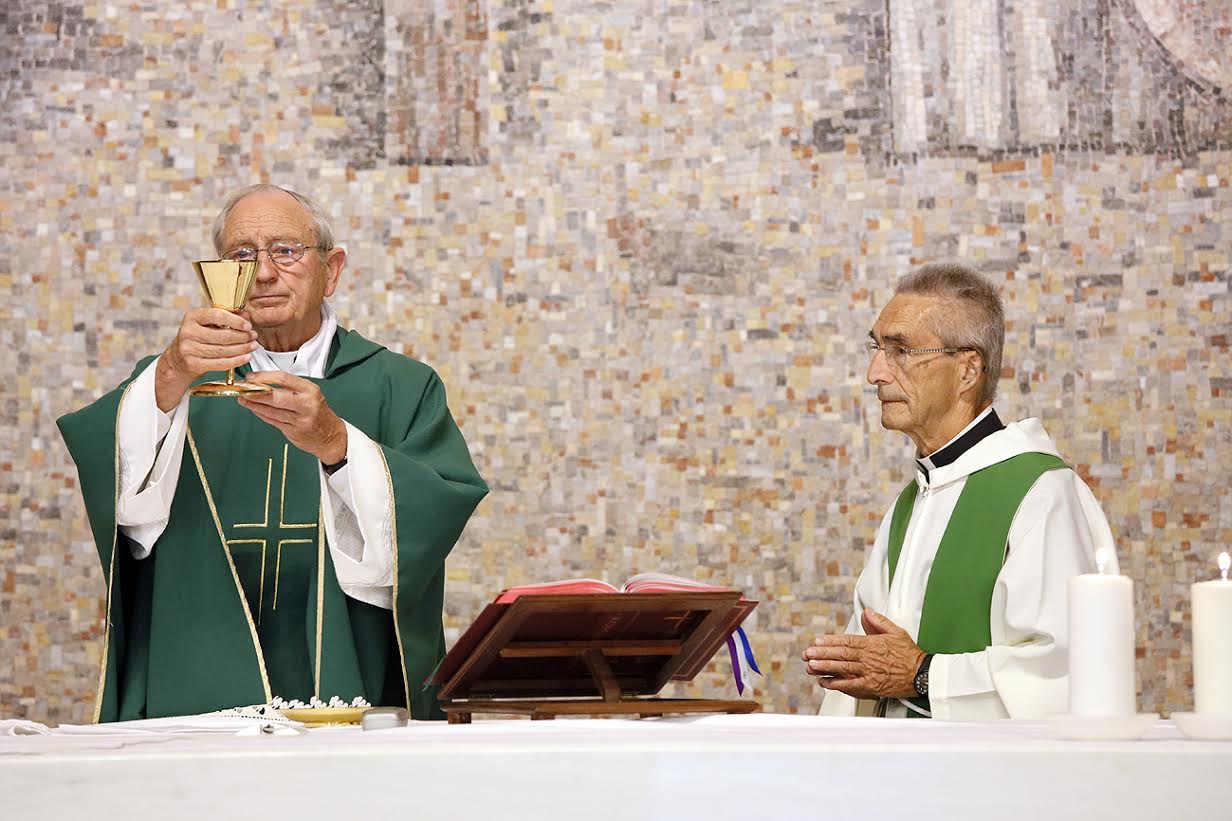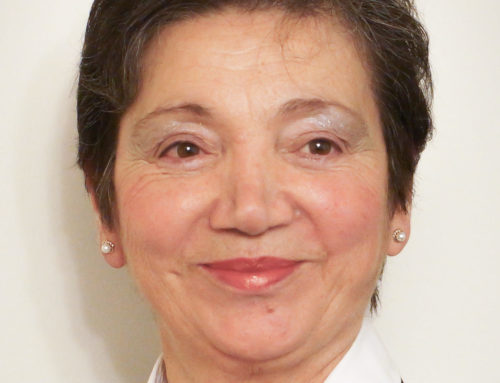THE FOURTH SUNDAY OF LENT-LAETARE (ORD TIME A/C)
THE MAN BORN BLIND (JN 9:1-41):
MOTHERING SUNDAY IN THE UK 2017
Introduction
This healing of the man born blind had taken place on the Sabbath day so it could not have been according to the will of God… So the Pharisees protest. Only if life were endangered could cures be performed on the Sabbath. This provides the cured man with the occasion to give his opinion to these learned lawyers, divided as they are among themselves, saying Jesus is a prophet. He proclaims his faith in public.
Now the Pharisees, or ‘the Jews’ as the text names them, suggested that it could have been a case of mistaken identity. They summon the man’s parents to get the matter sorted out. They tell the truth about their son’s blindness from birth, but they are too scared of the Pharisees to take the matter further. They were afraid of being ousted from the synagogue. That was the equivalent of a boycott; they would lose all access to the benefits and social security the synagogue guaranteed. So they let their son take care of his own defence.
The Pharisees now declare that they know that Jesus is a sinner. The healed man refuses to discuss that with them; he insists on the reality of his experience. And because of their obtusely negative persistence he is able to turn the tables on them teasingly: Would you like to be his disciples? This unleashes a torrent of abuse from them. They assert their certain knowledge of Moses and what he had taught them. Now the cured man, never having been able to read, gives them a sophisticated lesson in how to interpret the phenomena played out before them. They do not like it and respond by throwing him out, presumably from the synagogue. St. John’s lesson is clear: a similar fate awaits all those Jewish converts who belong to the Johannine community.
They must pay dearly for their faith.
The Return of Jesus
When Jesus is reintroduced to the scene he continues with the catechesis of the cured man. He discloses to him who he is. The man who was sure a prophet had cured him now adores this same prophet as the Light of the world and the Son of God. The progress to the fullness of faith is complete.
Reflections
St. John has placed this chapter immediately after a lethal dispute in which the Jews had said that Jesus was possessed by the devil (ch.8), and before the chapter in which Jesus is presented as The Good Shepherd (ch.10). The cure of the man born blind shows the shocking falsity of the first horrible accusation and a marvellous illustration of the loving care of the Good Shepherd in the second presentation. Chapter nine highlights what suffering Christians in those days underwent.
Today
The suffering continues under a different guise today. On mothering Sunday many will think that a loving mother is the light of their world. But too many mothers suffer terribly. MaterCare International is one institution that helps them, especially in the developing world. It is so obvious that the future of humanity depends on mothers bringing children into the world and loving them, specifically in the context of family life. Christians maintain their faith in all of this despite the ever growing opposition. Constant prayer privately and in community is foundational for them.
We must constantly ask ourselves: what makes our institutions good? Surely most of us would not be happy just to answer that our schools taught us professional expertise, or that our nursing homes were rigorously efficient by the best secular standards. Surely we would want to say that our Christian institutions, and first of all our families, gave us the experience of being a true human being, showing us how to live with others, our nearest and dearest, as a basic foundation for developing later, generously and expertly, care and collaboration with and for others. They helped us to experience love, how to make and keep friends, to believe in goodness, to respect the less privileged, to think that there is no conflict between being professional and being kind. They soothed our sorrow; they wiped away our tears. They did not throw the less acceptable among us out of our synagogue! They showed us compassion. They helped us to hope. Above all is not that what loving mothers want to do and be for their families?
Conclusion
The cured blind man saw Our Lord’s face-his first sight of a lovely person, and he came to see things the way Our Lord saw them. A wonderful beautiful world was disclosed to him. He received and perceived with his faith, the Way, the Truth and the Life. This is a very encouraging Gospel for Laetare Sunday, the Sunday on which to be especially happy. The first face most of us remember seeing probably, when we began to recall our memories, is that of our loving mother, who saw us before we were able to realize that our whole life, from its very beginning, depended on her fidelity and her love. Jesus, the Light of the World, knew this. His penultimate words as he was dying on the cross according to John’s gospel were to his mother and best friend: woman behold thy son, son behold thy mother, and from that time he (the disciple) took her into his own home (Jn 19:27). When all was consummated (Jn 19:28)-Jesus had cared for his mother with all that it meant historically and symbolically- and he died. Many have died like that- they have wanted the closeness of their mother, and her happiness, as they left this world for the next. How reassuring this should be for mothers. And mothering Sunday is designed to encourage and cherish them in the family that is Mother Church.
A happy feast to you all. Amen.
Fr Richard J. Taylor
Spiritual Advisor.
Boarbank Hall, Cumbria, UK










